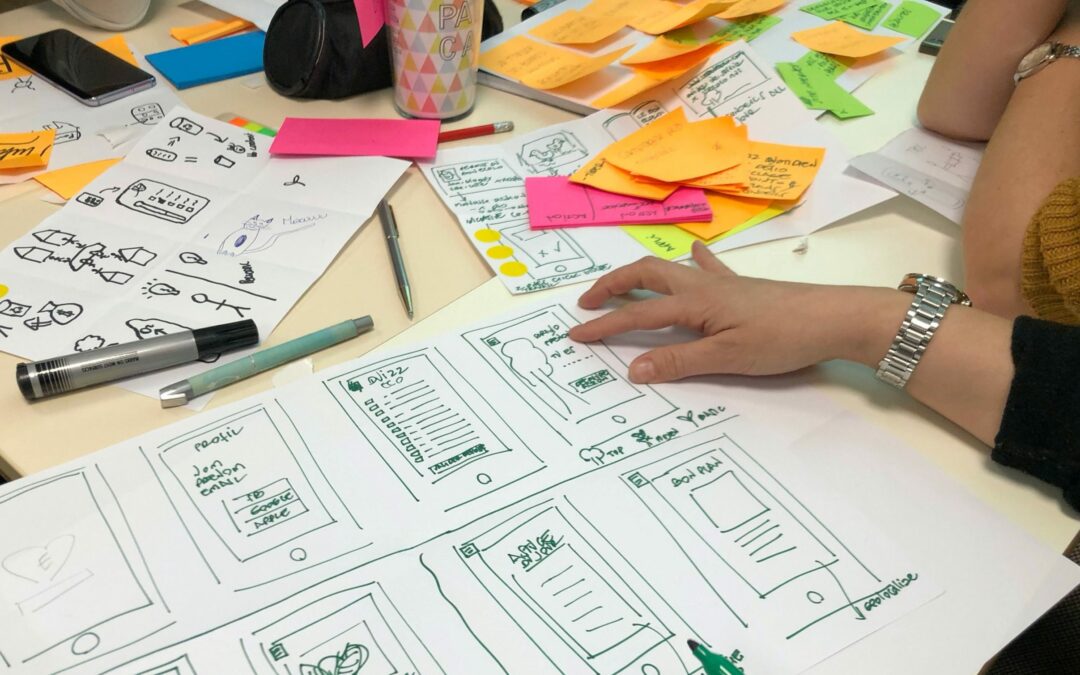From this perspective, the design of a project is actually quite a creative process. It needs to respond to the specific needs of many stakeholders and it must be purposeful in order to reach the project objective. Since a project is amongst other things defined by its uniqueness, the design of the project is also a once-off thing. You can, if at all, only borrow few elements from other projects or build on existing frameworks put forth by your PMO, if you have one.
Bottomline, however, is that you can’t avoid designing your project, so why not apply the Design Thinking principles to your design in order to derive a truly bespoke and responsive project?
What is Design Thinking?
In a nutshell, Design Thinking refers to the structured approach to creative problem solving. It is structured because it follows a sequence of steps and it is creative because it yields new, out-of-the-box ideas to the problems. It revolves around a deep interest in developing an understanding of the people affected by the project. In our context here, we need to understand fully the ‘user’ of the project, these are stakeholders such as your client, sponsor, project team members and the like.
The five steps you follow in the process of Design Thinking are:
- Empathise
- Define
- Ideate
- Prototype
- Test
Design Thinking is a people-centric approach in an attempt to identify alternative strategies that might initially not seem so obvious. Therefore it is focussed on options and driven by possibilities. The process is collaborative and iterative.
Photo by rawpixel on Unsplash
In the next step, you ideate your project. How does it look like? How it is run? How do you control and steer it? For this ideation step, you can apply many useful techniques, such as brainstorming, brain dumping, mind mapping, story boarding, to name a few. There are many techniques out there that fuel your creativity and it’s important you use those that match the type of ideas you’re trying to generate. This ideation leads to What if?, which basically outlines your first attempt of your project plan.
Depending on where your project is in its cycle, you might be able to introduce a prototype of your plan either live or bounce it off your users (client, team, etc). Either way, it is important that you start testing your strategy and concept quickly before you waste too much time and effort on something that might not fly. This step lets you find out What wows? and subsequently what you should refine and develop further forming part of your project.
Lastly, you need to test your project as a whole and determine What works? Since design thinking is iterative and people-centric, you would not just stop here but go back to square one to empathise with your users again.
This way you create a project that works, is purposeful and responsive to the needs of the people involved.

